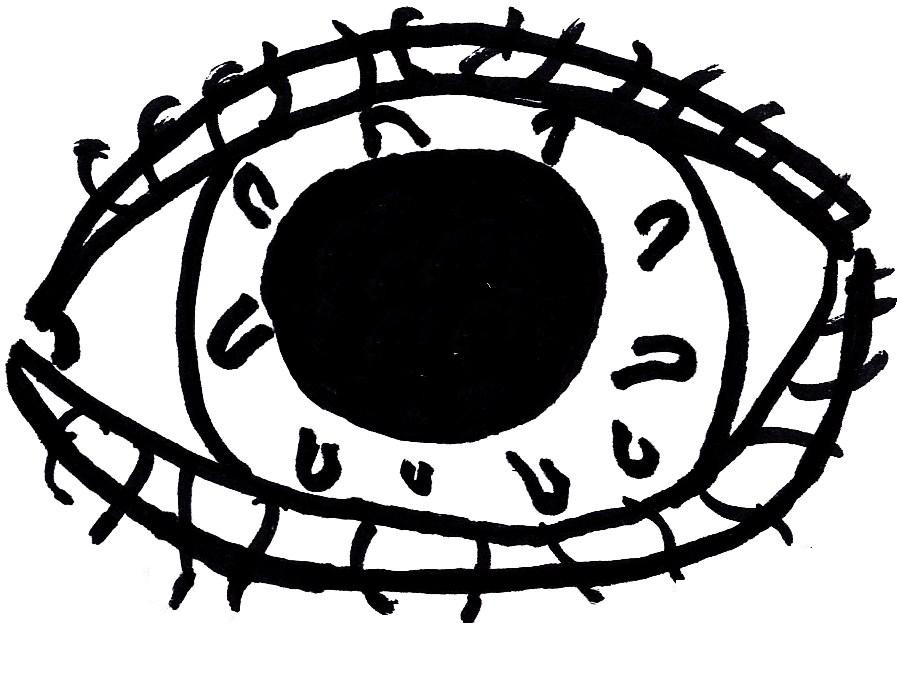It’s a well-known fact around these parts that I love a conspiracy thriller. I couldn’t have been more excited that my local arthouse theater programmed a month-long series of 1970s American thrillers, and I bought a ticket for almost every one of them. The first of these is a cornerstone of the genre, and one that was a sorely lacking blind spot in my checklist of canonical films of said phenotype. The Parallax View, a 1974 release from director Alan J. Pakula just two years before his second-best picture nomination for All the President’s Men (his first was for To Kill a Mockingbird), stars Warren Beatty. Beatty plays Joe Frady, a reporter in the Pacific Northwest, three years after he was present at the base of the Seattle Space Needle when a high-profile politician was assassinated in the restaurant above. He wasn’t in the room when it happened, but his ex-girlfriend Lee Carter (Paula Prentiss) was, and she’s convinced that six of the other eyewitnesses who have died in the intervening time were the victims of foul play; Frady waves off her concerns as anxiety born of self-medicating, until she, too, turns up dead. Now convinced, Frady starts to pull at the frayed threads presented to him and discovers a conspiracy that permeates the fabric of the country’s leadership, one whose reach is far wider than he could have imagined.
In the book upon which The Parallax View is based, the inciting assassination was that of JFK, making it a part of the subgenre of conspiracy media that specifically appeals to the Dale Gribble set. Here, the assassination that precedes the opening credits is that of a generic independent politician with an eye on the presidency, as the film was released too late to attach itself to the Kennedy assassination without making itself a period piece. That didn’t stop this one from becoming as locked into a certain time as a period piece would be in the intervening half century, however, while also remaining unfortunately (if not unsurprisingly) relevant to the current greased-by-blood American political machine. Sure, there’s a lot of culture shock upon seeing Frady purchase a plane ticket with cash after he’s already boarded the plane. On the other hand, the film seems almost prescient in its depiction of the abject terror of living in a society shaped by shadowy forces that can arrange car accidents for reporters, poison newspaper editors in a way that mimics a heart attack, and knock a passenger plane carrying a progressive candidate out of the sky. It’s not that hard to make a connection between the fictional conspiracy at play here and, for instance, the sudden death of a whistleblower who raised safety concerns about airplane manufacturing just six weeks ago. That’s not really prescience, really, any more than The Simpsons “predicted” any of the things it’s been credited with foreseeing in recent years; it’s just an indictment of the fact that we’ve made much less progress in the past sixty years than we would like to think. It’s all just the pageantry of empire.
The Parallax View falls short of being a masterpiece. It has some really wonderful set pieces, and the picaresque nature of the narrative keeps things moving even when the story starts to feel a little slow. First, Frady goes to a tiny Oregon community where the political aide to the dead senator was last seen and where one of the witnesses was drowned while fishing when a dam was opened. This sequence is great, as you can feel the immense tension as the dam opens again while he’s investigating the area. This is preceded by an impressive fist fight between Frady and a local oaf, then followed by an exciting car chase that I would bet money was an inspiration to the future creators of The Dukes of Hazzard. Even after he manages not to drown, Frady’s editor Bill Rintels (Hume Cronyn) still isn’t convinced that there’s a conspiracy afoot, until Frady miraculously survives the assassination of in-hiding political insider Austin Tucker (William “Mr. Feeney” Daniels), at which point Rintels relents. In his investigation, Frady discovers that an organization known as The Parallax Corporation is using mail-in personality tests to find sociopaths and recruit them to become assassins. From here, we get to the film’s most famous sequence (and it, in and of itself, is a masterpiece): a five minute montage to which Frady (undercover after submitting a false test) is subjected to as a kind of orientation/brainwashing. You can see it here, and although it functions beautifully in isolation, it’s obviously much more effective in the film itself.
In a lot of ways, this is the platonic ideal of a 1970s political thriller, disillusioned after a decade that saw the death of a beloved president, the murder of the leader of the Civil Rights Movement, the unmasking of another president’s illegal surveillance of the public. While the book was solely focused on the assassination of JFK, this one explicitly talks about the demoralization of an entire nation as there’s the murder of another public figure “every other week, it seems.” It’s also unrelentingly grim, as everyone turns out to be corruptible and already under Parallax’s sway despite initially seeming to be trustworthy, or genuinely good and invested in getting the truth out but very easy to kill and cover up, or less safe than they thought they were despite taking every precaution. No one is unreachable, no one is untouchable, no one is safe, and no number of civilian collaterals is considered too much, whether it be eighteen eyewitnesses, a plane full of people who were unlucky enough to be on the same flight as a senator, or an entire marching band that has the misfortune of having been selected to perform at a congressman’s campaign announcement. It’s bleak, but worth seeking out.
-Mark “Boomer” Redmond


Pingback: Blue Sunshine (1977) | Swampflix